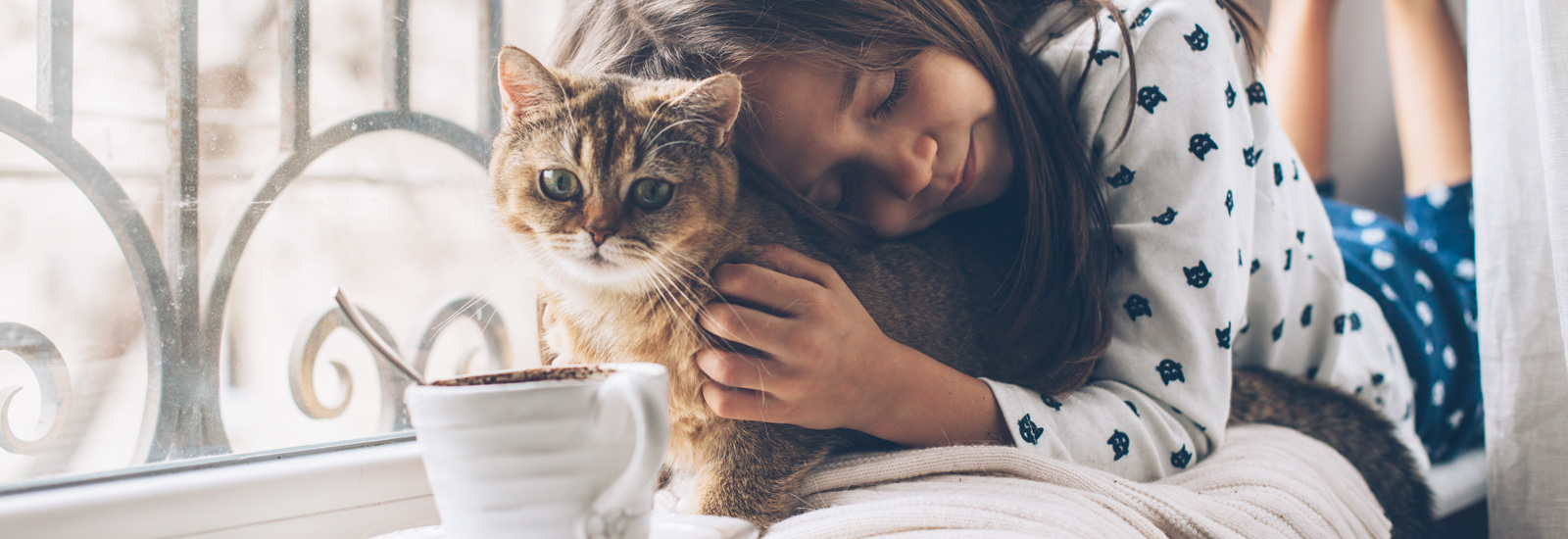Most cats like it warm and dry. The cold time of year is therefore unpleasant for many cats that are allowed outside, and we should do our best to help them.
In or out?
For indoor cats it makes hardly any difference whether it is hot or cold outside. The situation is, however, different for a cat that is allowed outside: From spring to autumn they can enjoy their outdoor adventures to the full - but then comes the cold weather with rain, wind and snow. Cats, however, like it warm, and often lie directly in the sun, even at midday. But when the weather is bad, many cats have no desire to get their paws wet. Some want to go back into the warm and dry after just a short time.
A cat flap makes life easier
Installing a cat flap is a simple way to allow your cat to step outside with ease. There is a wide variety of cat flaps on the market, which differ primarily in size and technical features. A petite Siamese cat requires a much smaller flap than a Maine Coon. Also, some cat flaps only allow selected individual cats to enter. This is achieved simply by using a microchip to identify the cat. If the cat is not registered, the flap remains closed.
Moulting before the winter
Indoor cats usually moult much less than cats that are allowed outside. After all, they don‘t need to grow a thick winter coat in order to spend time outdoors in cold temperatures. In the home, the temperature remains relatively constant all year round. As a result, many indoor cats tend to constantly shed a small amount of hair, and this increases slightly in spring and autumn. Moulting is more pronounced in cats that go outside. Before the winter arrives, they shed their summer fur and acquire a thick winter coat. When spring approaches, they then want to get rid of it again as soon as possible. In both cases we should help our cats with regular grooming. Moulting will then not take so long, and by combing regularly we can reduce the number of hairs swallowed by the cat. Long-haired cats with a thick undercoat in particular should therefore be combed daily during moulting.
